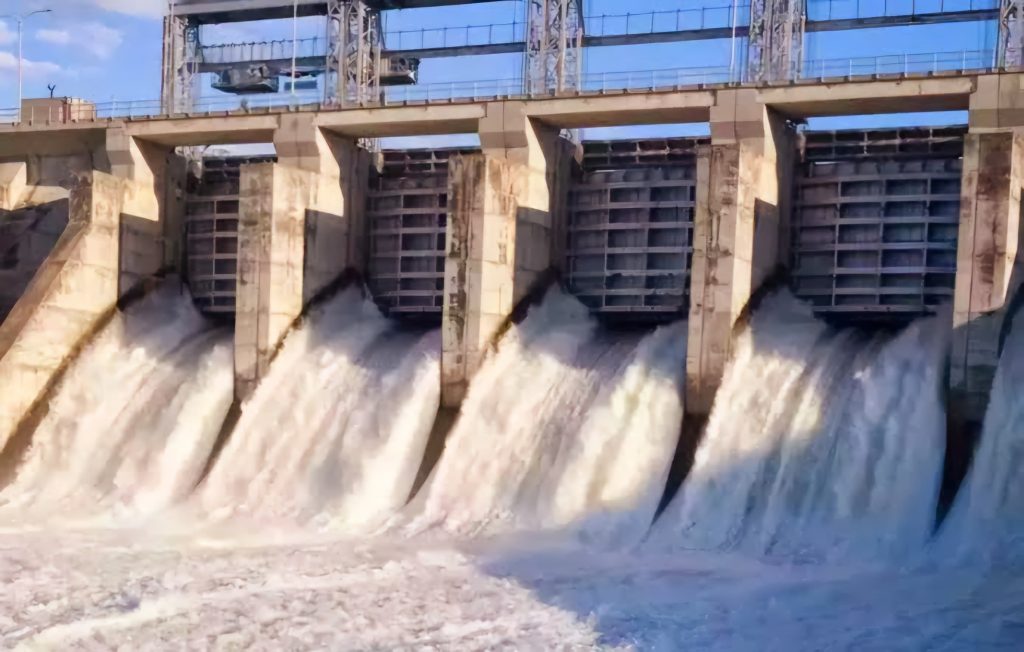The Government of Uganda inaugurated the Karuma Hydropower Project (KHP), a landmark 600 MW facility situated on the banks of the River Nile. This ambitious project is poised to be the largest power generation facility in Uganda’s history, significantly enhancing the country’s energy capacity.
The KHP, valued at $1.7 billion, is being constructed by Sinohydro Corporation, a leading Chinese hydropower company, and is fully financed by China. The financing structure comprises a substantial $1.4 billion loan from China’s Exim Bank, while the Chinese government covers the remaining costs. This partnership underscores the growing economic ties between Uganda and China, particularly in the realm of infrastructure development.
Upon its completion, the Karuma Hydropower Project is expected to elevate Uganda’s total electricity generation capacity to over 2 GW, a crucial development in a country where energy access remains a pressing issue. The project is anticipated to facilitate a more stable and reliable electricity supply, fostering economic growth and improving the quality of life for millions of Ugandans.
In conjunction with the KHP’s launch, the Ugandan government also unveiled a new 400 kV, 248 km transmission line, which will play a vital role in distributing electricity generated by the facility across the national grid. Moreover, a $180 million transmission line is currently under construction, aimed at connecting Uganda’s electricity network with South Sudan, thereby promoting regional energy cooperation and integration.
Zhang Lizhong, the Chinese Ambassador to Uganda, hailed the Karuma project as a “flagship project of China-Uganda cooperation.” He emphasized its significance in generating clean and affordable energy, which aligns with global sustainability goals. The KHP is also expected to bolster Uganda’s role as a key energy supplier in the region, supporting neighboring countries such as Rwanda, Tanzania, and Kenya, which depend on Ugandan electricity imports.
The construction of the KHP commenced in 2013 but faced several delays due to logistical challenges, regulatory hurdles, and the disruptions caused by the COVID-19 pandemic, as highlighted by Ugandan Energy Minister Ruth Nankabirwa. Despite these setbacks, the completion of the KHP marks a critical milestone in Uganda’s energy sector and reflects the country’s ongoing commitment to renewable energy development.
This project is the second major hydropower initiative in Uganda funded by China, following the 188 MW Isimba dam, which was financed in 2019 and is also located on the River Nile. According to GlobalData, hydropower accounted for a remarkable 91.27% of Uganda’s electricity generation in 2023, underscoring the country’s strategic focus on harnessing renewable energy resources.
The successful implementation of the Karuma Hydropower Project is expected to not only enhance Uganda’s energy security but also stimulate economic growth, create jobs, and contribute to the country’s long-term sustainable development goals.

